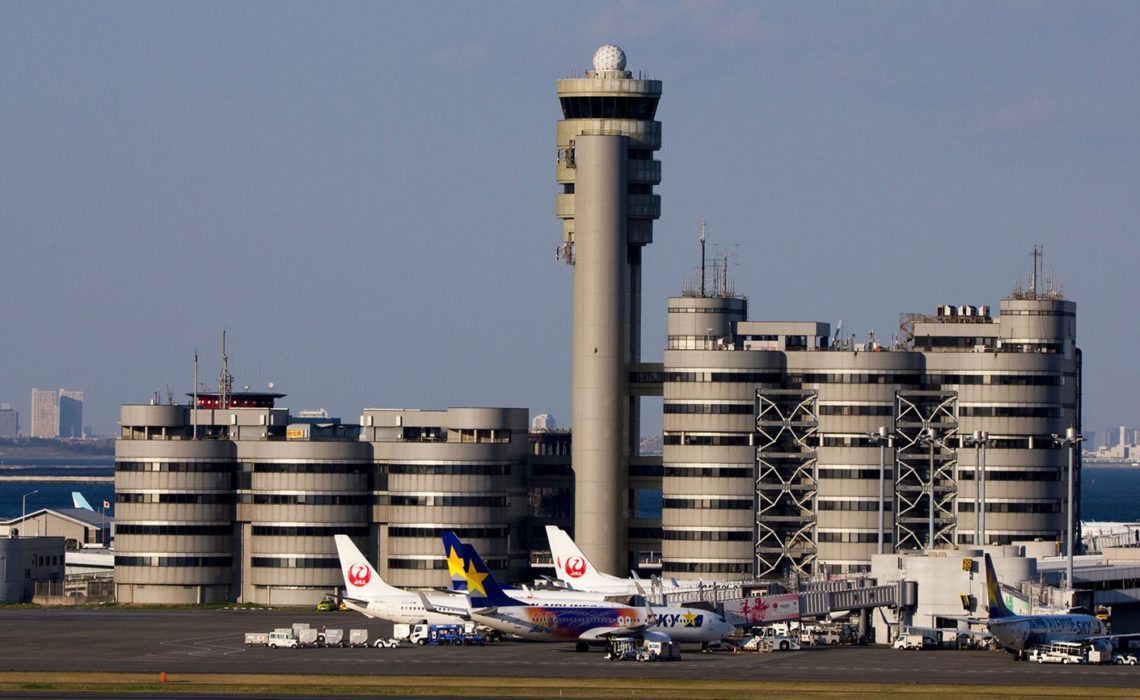
You might also like:
Delta, United, American and Hawaiian would all add service at Tokyo Haneda Airport under a tentative decision announced by the Department of Transportation.
The DOT will dole out 12 daily landing and departure allocations at the Tokyo airport pursuant to an agreement reached by the U.S. and Japan in January. The arrangement will expand the number of daily landing slots allocated to U.S. airlines at Haneda Airport from the existing six to 18.
Airlines prefer Haneda to Tokyo Narita because it is closer to the city’s central business district. Carriers expect to begin offering the new routes ahead of the 2020 Summer Olympics.
Under the DOT’s tentative decision, Delta would be the biggest winner, adding Haneda service from Seattle, Detroit, Atlanta, Honolulu and Portland, Ore. Those routes would augment existing Delta-Haneda service from Los Angeles and Minneapolis/St. Paul. Delta had also applied for a second daily Honolulu-Haneda route.
In its application for new Haneda slots, Delta argued that approval of its routes would bolster competition in the Tokyo market because it is the only applicant that doesn’t partner with a Japanese carrier. United has a joint venture with ANA, American is in a joint venture with Japan Airlines (JAL), and Hawaiian codeshares with JAL while awaiting regulators’ decision on the carriers’ 2018 joint-venture application.
United would get four of the 12 available Haneda slots. The DOT tentatively approved United proposals for flights from Newark, Chicago O’Hare, Washington Dulles and Los Angeles. Those routes would augment existing Haneda service from San Francisco. United also had applied for service from Guam and Houston Bush.
American would get two new daily flights — one each from Dallas/Fort Worth and Los Angeles. Those would augment the carrier’s lone existing Haneda route, which also flies from Los Angeles. American had also applied for a second daily Dallas-Haneda allocation as well as daily service from Las Vegas.
The DOT has tentatively approved a new daily frequency between Honolulu and Haneda on Hawaiian, which would augment the 11 weekly flights Hawaiian already offers between those airports. Hawaiian had requested three new daily frequencies.
In a March interview, John Grant, senior analyst of airline data provider OAG, said that Hawaiian might have been seeking those three daily frequencies as part of an effort to optimize its schedule to connect passengers from Japan to the U.S. mainland through Honolulu.
The DOT said that in making its decision, it attempted to promote geographical diversity in routes between Haneda and the U.S. and prioritized awarding allocations to airline hubs that don’t currently offer Haneda flights.
Airlines have until May 30 to object to the DOT’s proposed Haneda allocations.
Source: travelweekly.com



